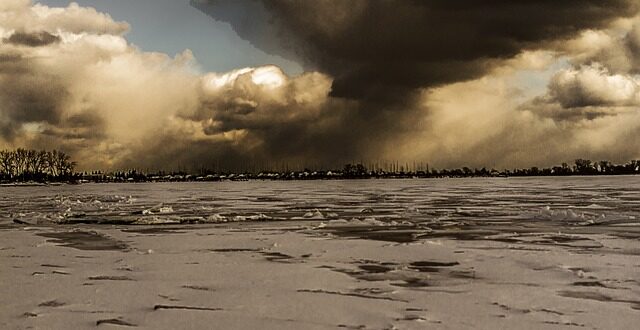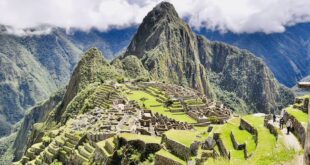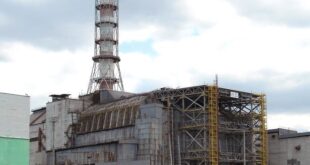Hurricanes – Cyclones – Tornados: What’s the Difference?
Hurricanes, cyclones and tornadoes are three types of intense, rotating storms that cause devastating damage to life and property. All three of these phenomena are caused by different types of atmospheric conditions but share certain similarities.
Hurricanes
Hurricanes are large-scale tropical storms that form over warm ocean waters and have sustained winds of at least 74 miles per hour. The storm’s strong winds circle the center of circulation in a counter-clockwise motion in the northern hemisphere. It is the largest type of storm on Earth and are often accompanied by heavy rains, thunderstorms and flooding.
Hurricanes: What Are They?
Hurricanes: Understanding Formation, Causes and Effects, and Safety Measures! They’re powerful storms that can cause significant destruction.
Cyclones
Cyclones are intense tropical storms with sustained winds of at least 64 miles per hour that form over warm tropical waters. Similar to hurricanes, cyclones generate strong winds that circle the central area of circulation in a counterclockwise motion in the northern hemisphere. Unlike hurricanes, they do not bring high levels of flooding and rainfall due to their smaller size.
Tornados
Tornadoes are intense, localized storms that form in a rotating column of air stretching from a thunderstorm up to the cloud base. Tornadoes can have wind speeds that reach 300 miles per hour, making them one of the most destructive weather phenomena on Earth. They are generally smaller than hurricanes and cyclones and occur more often in mid-latitude regions of the United States.
Hurricanes – Cyclones – Tornados’ Similarities
The similarities between hurricanes, cyclones and tornadoes are that all three phenomena are rotating storms that produce strong winds and can generate great amounts of damage. One difference between them is their size and wind speed; hurricanes are the largest and have the highest wind speeds, followed by cyclones and then tornadoes. Another difference is that hurricanes and cyclones form over warm ocean waters, while tornadoes generally form in mid-latitude regions.
In conclusion, although hurricanes, cyclones and tornadoes are all intense rotating storms, they have distinct characteristics and differences. All three of these weather phenomena are powerful and potentially destructive, and they should all be treated with respect. Understanding these phenomena and their similarities and differences is essential for people to be able to prepare for, anticipate and mitigate the potential danger and destruction they can cause.
Cheers!
For more stories follow me on Telegram














